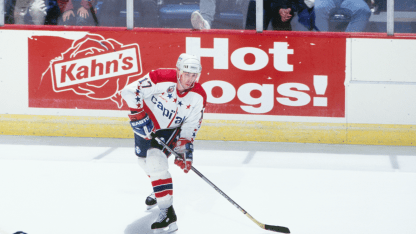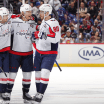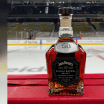By age nineteen, he played Tier II junior for one season. At such an age and in such a setting, he held no consideration of making it in pro hockey. As a result, he hooked up with the University of Manitoba Bisons where, all of a sudden, his talent started to rumble at the rink. By season's end, he was selected as the Canadian University Player of the Year. And in his second and final campaign on campus he was chosen as an All-Canadian all-star.
Because of his late development, he was never drafted by the NHL. Instead, he signed as a free agent with the New York Rangers on the strength of a recommendation from the Blueshirts' assistant coach Reg Higgs?a former college coach who'd seen Ridley in action with the University of Manitoba. In Ridley, the Rangers happened onto one of the most effective, unknown free agents to ever walk into an NHL training camp. His offensive finesse, his tireless work and determination earned him a spot as the club's second-line centreman.
In his first season, he potted 65 points and was a standout in the playoffs. But halfway through his second year, he was traded to the Washington Capitals where he really made a name for himself as a crafty, productive forward who was usually good for an average of a point a game over his seven-plus seasons with the club.
In 1994-95, Leafs GM brought Ridley to Toronto with a plan to keep the prolific centreman on hand for years to come. But the Buds' coach, Pat Burns, didn't like what he considered to be Ridley's soft style of play. As such, Burns lobbied for more muscle which he got with Sergio Momesso who came over from Vancouver with Ridley going the other way.
As a Canucks, however, Ridley was greatly slowed by a bulged disk in his back. He missed much of the 1995-96 season but bounced back the following year. He put in one final, solid campaign with the club and then rounded out his career after a brief stint with the Manitoba Moose of the IHL in 1997.
Player bios courtesy of the Hockey Hall of Fame



















